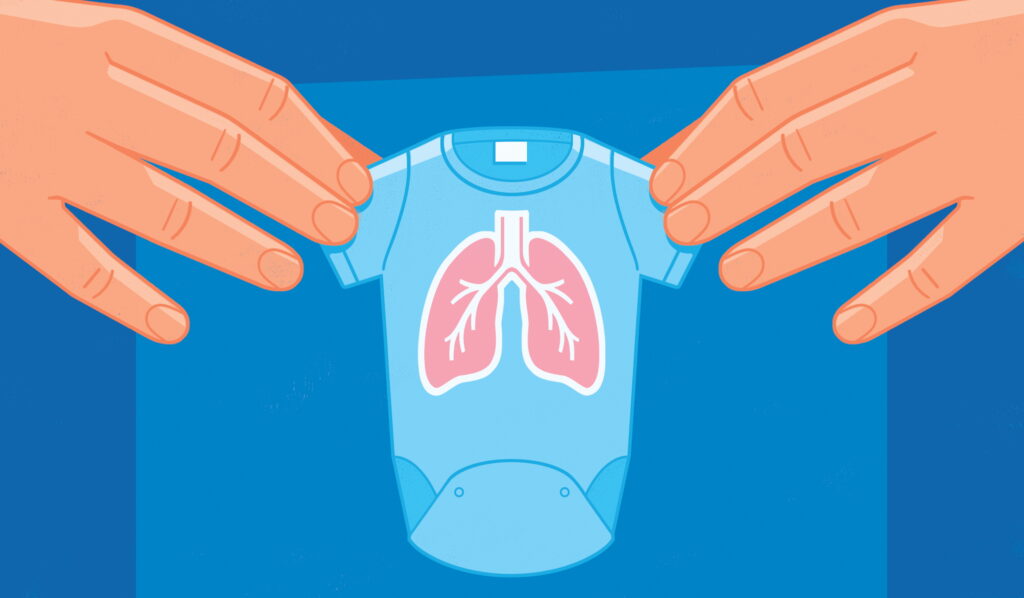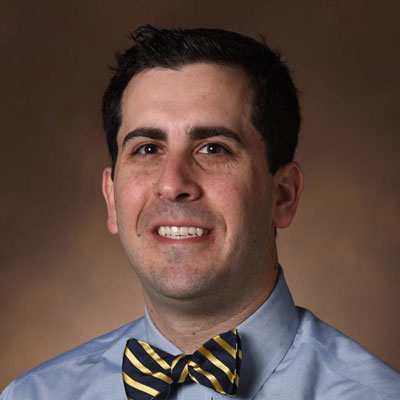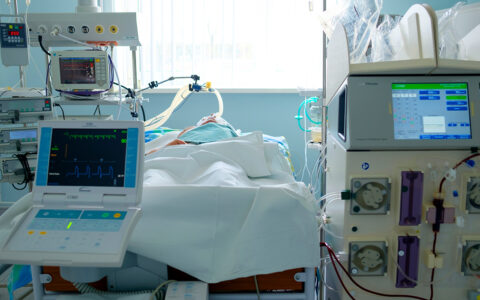Two recent studies with pulmonary specialists from Vanderbilt University Medical Center examined the impact of treatments for infants with bronchopulmonary dysplasia (BPD), a chronic lung disease that develops in premature infants.
Each year, between 10,000 and 15,000 infants born before 32-weeks’ gestation and weighing less than 4 pounds develop BPD as a result of immature lung development. Mechanical ventilation and supplemental oxygen are often required. Those with severe conditions may need positive airway pressure or tracheostomy to maintain adequate oxygen and ventilation levels to be discharged to home from the neonatal ICU (NICU).
The long-term impact of these treatments can include additional lung damage, but such side effects are less common with careful adjustment of ventilator settings. More children with BPD survive now because of this and other improvements in specialized care.
“These infants live longer, even with lung tissue damage and heart disease when they leave the hospital,” said Jacob Kaslow, M.D., assistant professor of pediatrics specializing in allergy, immunology and pulmonary medicine at VUMC.
The medical team known as THRIVe (Tracheostomy, Home Respiratory, Invasive Ventilation) brings together a variety of specialists, including ENTs, respiratory therapists, speech therapists, nutritionists, pulmonary specialists and cardiologists, Kaslow said. The team also remotely monitors patients’ ventilator levels and vital signs, which allows for individualized care without frequent clinic visits.
“We think holistically and offer streamlined treatment for BPD patients with tracheostomy and chronic mechanical ventilation in one clinic,” Kaslow said. “This is unique to Vanderbilt because of the buy-in from subspecialities.”
Home Ventilation
He recently participated in a study of 154 BPD patients on home ventilation with Eric Austin, M.D., director of Vanderbilt’s pediatric pulmonary hypertension program. Their work showed encouraging results.
“We think holistically and offer streamlined treatment for BPD patients in one clinic.”
“Those dependent on a ventilator who had tracheostomy followed a similar pathway of improvement in their pulmonary hypertension as previously reported in those who were not ventilator-dependent,” Kaslow said.
Most of the young patients were weaned off oxygen and liberated from the ventilator by age 5, according to their report in Pediatric Research.
“Improved monitoring and growing awareness of the high mortality risk in these fragile infants on chronic ventilation has led to better survival,” Kaslow said.
Other improvements in care include the use of long-term medications for pulmonary hypertension and early detection, he said.
Avoiding Infections
A 2024 study by Kaslow and Austin raised an alert for families of children with BPD concerning potential transmission of respiratory viral infections from siblings. The study in Pediatric Pulmonology involved 933 infants from 13 bronchopulmonary dysplasia clinics and found a 10- to 15-percent increase in illness and hospitalizations per additional child in the household.
“The more children at home, the more potential exposures,” Kaslow said. “We counsel families to have inhaled steroids on hand for at-risk children to reduce airway inflammation so infections are not as severe and don’t last as long. We also encourage hand washing, masking anyone who is sick and limiting visits from sick people.”
Babies with BPD, particularly those with pulmonary hypertension, continue to carry a risk of early pulmonary vascular disease into adulthood and may require ongoing monitoring, he noted.
Shared Visions of Care
VUMC researchers belong to a 50-member BPD Collaborative where information about medical treatment and research are shared among specialists. VUMC’s efforts in the BPD Collaborative are led by Paul E. Moore, M.D., a professor of pediatrics and pharmacology and director of allergy, immunology and pulmonary medicine at Vanderbilt, who studies respiratory outcomes in premature infants.
“We are committed to these kids and their families, regardless of the severity or complexity of the disease.”
The Vanderbilt team sees more vulnerable BPD patients than many other institutions, yet respiratory outcomes match or exceed others with a narrower patient base, Kaslow said. For those who require a ventilator, most patients are weaned off by age 2 and have their tracheostomy tubes removed before age 4.
“With our multidisciplinary approach, we constantly adapt our THRIVe clinic to meet patient needs,” Kaslow said. “We are committed to these kids and their families, regardless of the severity or complexity of the disease.”





